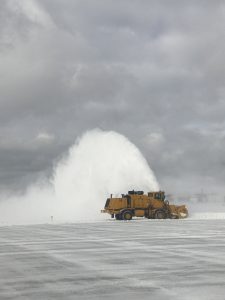“What’s the highest you have had this plane?” It’s one of the most common questions I get when I tell someone I fly a friend’s Cessna 340. As if there is some special badge of accomplishment I get if I have managed to get it all the way to the published service ceiling. The reality is that flying higher comes with some additional risks, ones that can be fatal if not carefully managed, or mitigated.
One of the riskiest segments of general aviation flying is what I call, “middle-altitude flying”. This is the flying that begins at altitudes where the FAA requires oxygen up to and including the middle FL20’s. For a select grouping of aircraft in our general aviation fleet, aircraft typically with turbocharged engines and some type of oxygen systems, operation at these levels becomes possible. Some examples include the Cessna 400 series, the Piper Navajo, some AeroCommanders, and a few Beech Barons and Dukes to name a few. Obvious benefits can be gained by flying at these altitudes, but one risk that seems to keep hurting pilots (and their passengers) is an encounter with hypoxia-related problems. Sometimes, these are fatal. Many times, the risks could have been mitigated.
Flying an aircraft above FAA oxygen-requiring altitudes comes with all the potential aeromedical risk we have all learned about in our training. I won’t dive into the specific risks here, but when flying at middle-altitudes pilots may be lulled into thinking that they are less of a risk because they aren’t flying at extreme altitudes. In fact, the risks may be greater! Continue reading

